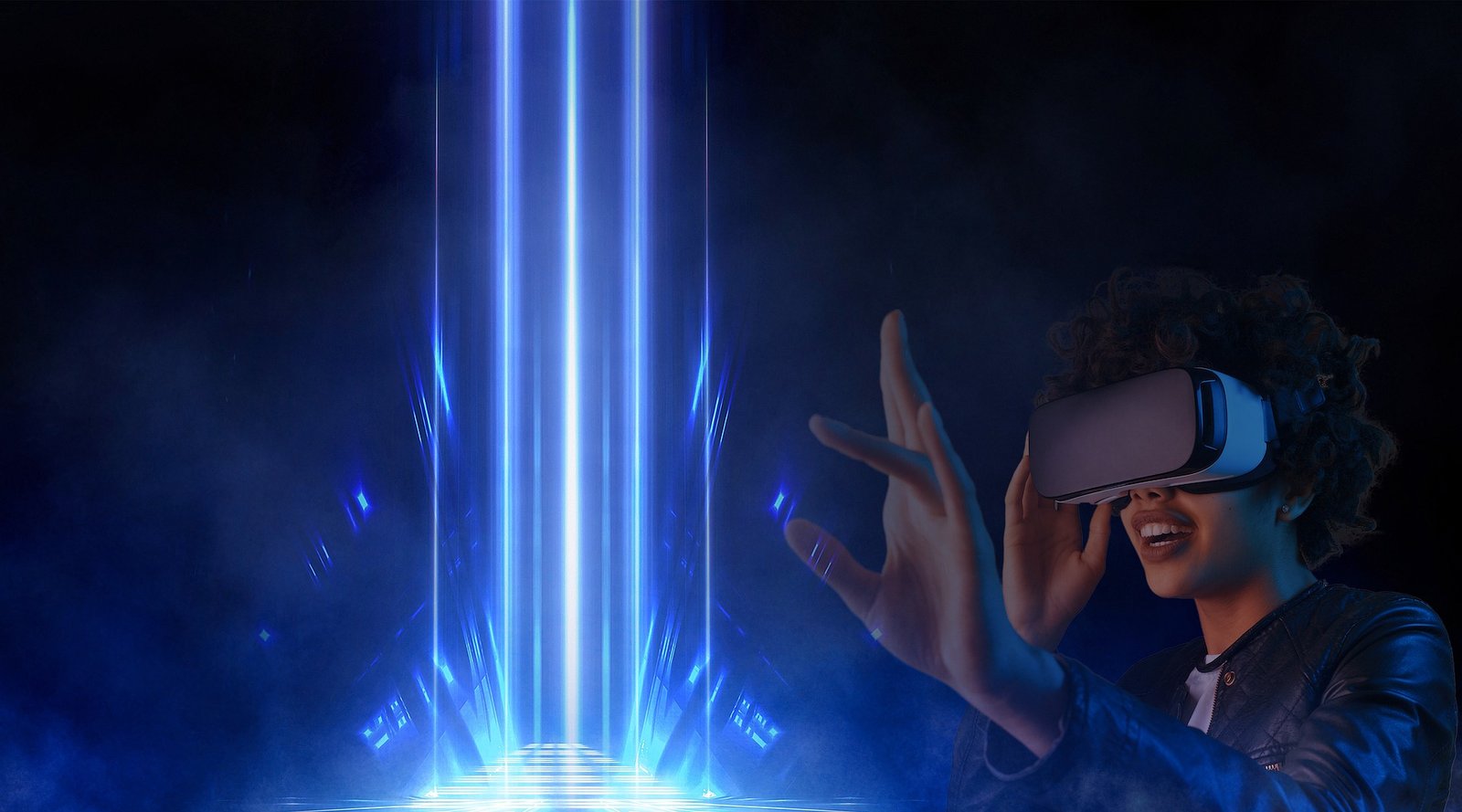
Meta, formally just known as Facebook, has started investing heavily into what it calls the “metaverse”. A Jefferies analysts, led by equity strategist Simon Powell, said that the metaverse could change “almost everything in human life,” in a December note.
Bloomberg Intelligence said that the metaverse was a “$800 billion market opportunity.” With Web3 concepts (such as NFTs, blockchain technology, cryptocurrency) becoming popular, a lot of big, public video game publishers are joining the trend by announcing their own initiatives.
Zuckerberg says that the metaverse is the next step in the mobile internet, and he wants Meta to be a leader in this new world.
In a video he made in October, Zuckerberg also showed how the future metaverse might look and how it might work. It showed a world where people jump into and out of a 3D virtual world, like those in The Matrix and Ready Player One.
A digital, two-dimensional video chat comes up at one point during the conversation. Zuckerberg’s avatar pulls it up to get in touch with a friend who was supposed to join them. This person was out in the real world, so she was unable to join them. She wanted to show off a piece of AR art she saw in real life. Many who have seen this have expressed some doubts and commented that the things shown could have been done better over FaceTime, Zoom, or any other piece of technology we already use, like Skype. When it comes to the avatars, some of them have a great likeness to the person they are meant to be representing while others did not.
The Metaverse is still a work in progress, and we will need to see where Meta is able to take things. They are already planning on hiring 10,000 workers to develop the platform and bring the world the next generation of VR and AR.



